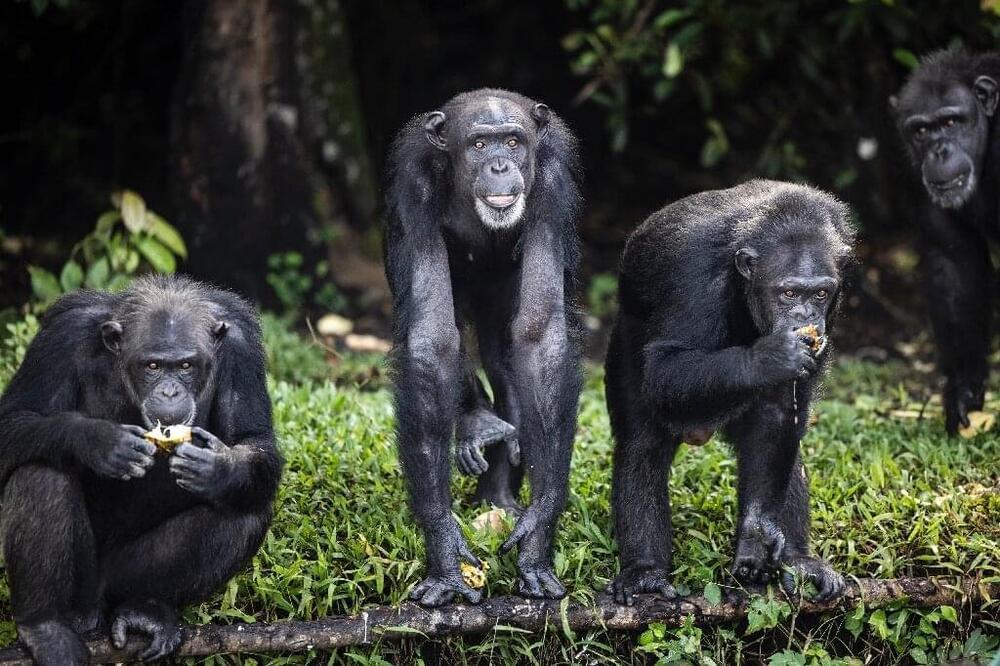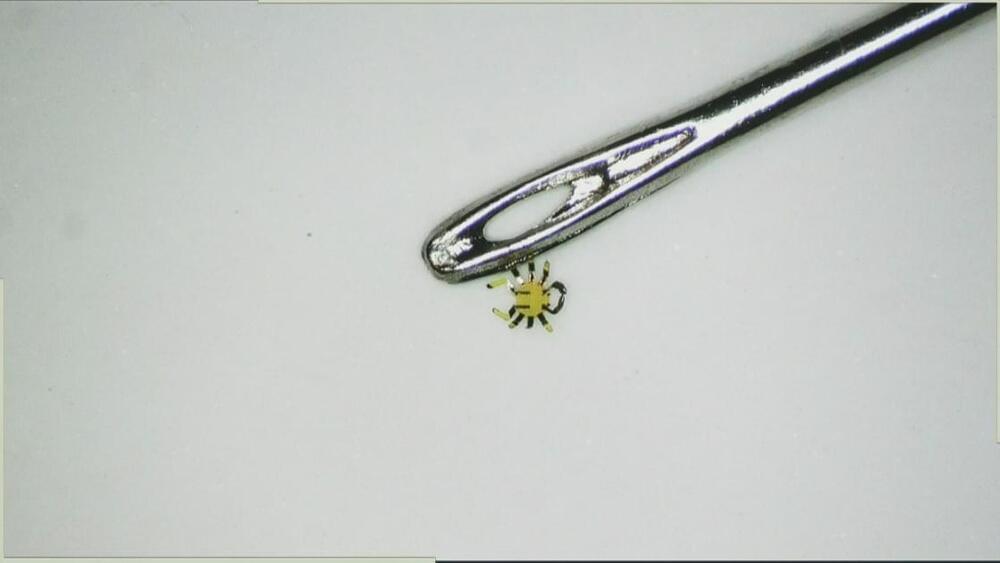😳! Circa 2019
A long-ridiculed theory about humankind’s early leap of consciousness is revived.


Scientists have produced the first genetic map of chimpanzees in the wild, offering a detailed reconstruction of the endangered species’ past migrations, and a new tool to combat illegal trafficking.
The genomic catalogue, which includes 828 individuals from across their vast African range, can now be used to link kidnapped chimpanzees—or their meat and body parts —to their place of origin within 100 kilometers.
The results of the years-long research project was published Wednesday in the journal Cell Genomics.


Japan is both power-hungry and fossil-fuel reliant making for a bad combination but that could all soon change. The nation has now successfully tested a system relying on the deep ocean that could provide a reliable steady form of renewable energy, according to a report by Bloomberg published Tuesday.
A project over ten years in the making
The invention comes from Japanese heavy machinery maker IHI Corp. The company has been developing a subsea turbine that harnesses the energy in deep ocean currents for over ten years.






You might not recognize the term NSAID, which stands for non-steroidal anti-inflammatory drugs, but you are undoubtedly familiar with this class of medications which are commonly used for headaches, pain relief, and to reduce fever. You’ll also recognize the common types of NSAIDs including aspirin, ibuprofen, and naproxen, as well as the brand names such as Bayer, St. Joseph, Advil, Motrin, and Aleve.
Even though they are often used to treat pain and inflammation, different NSAIDs can have surprising and inexplicable effects on many diseases. New research reveals a previously unknown process by which some NSAIDs affect the body. The findings may explain the varying effects of different NSAIDs and also point to entirely new applications for these drugs.
Since these medications are so widely used, it is really important to fully understand how they affect the body.